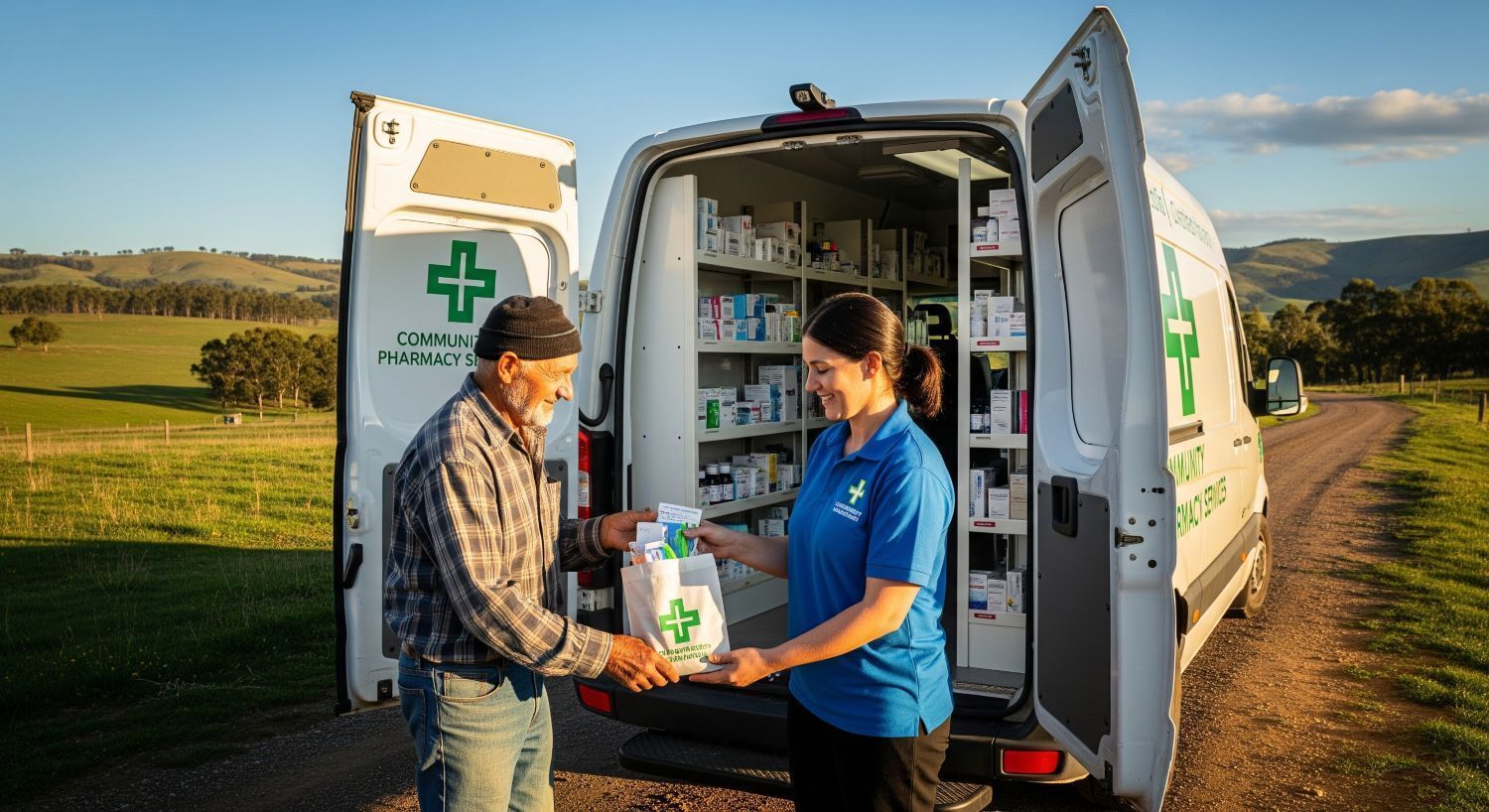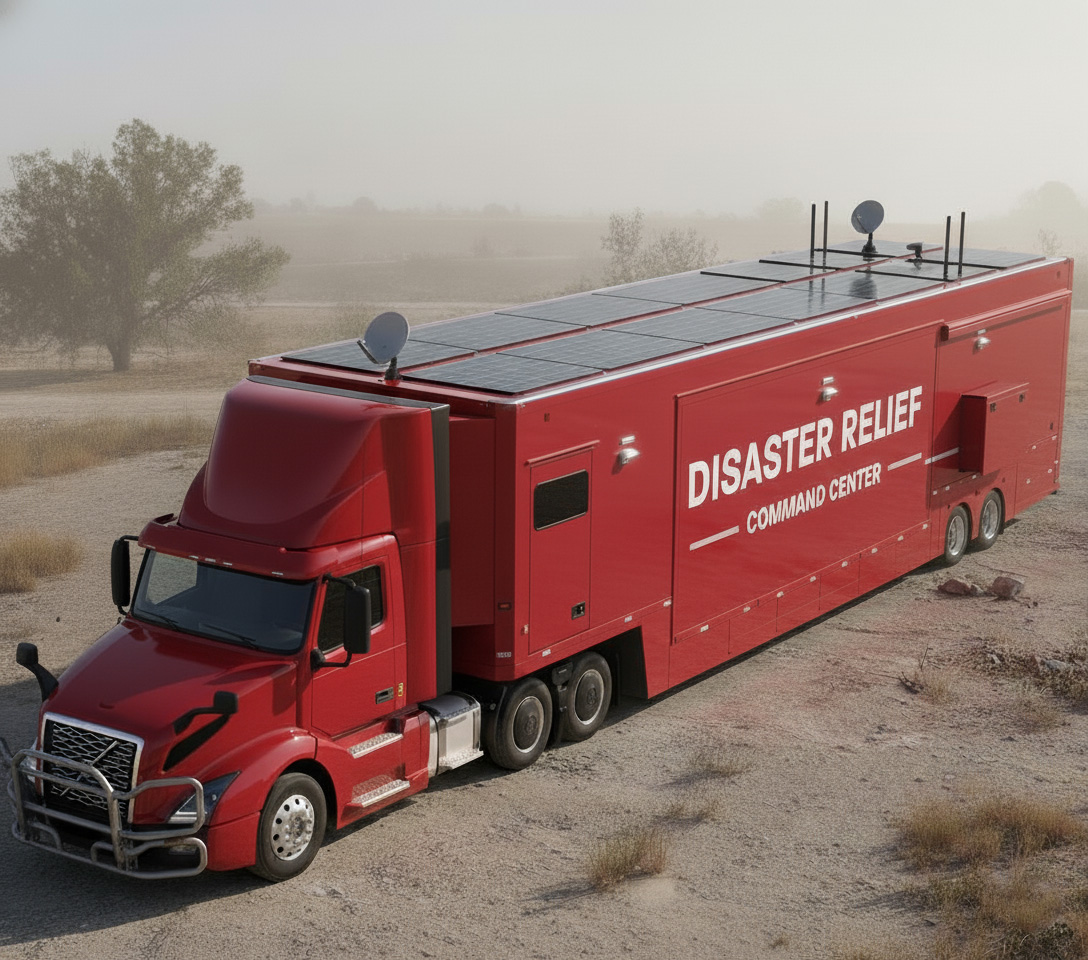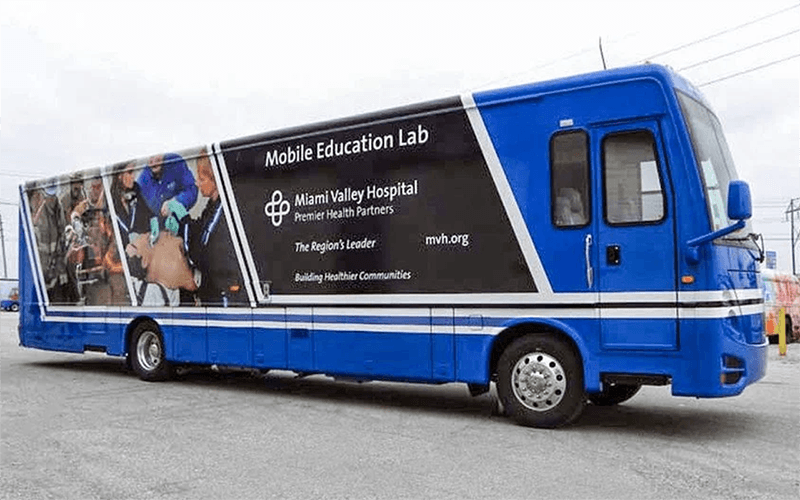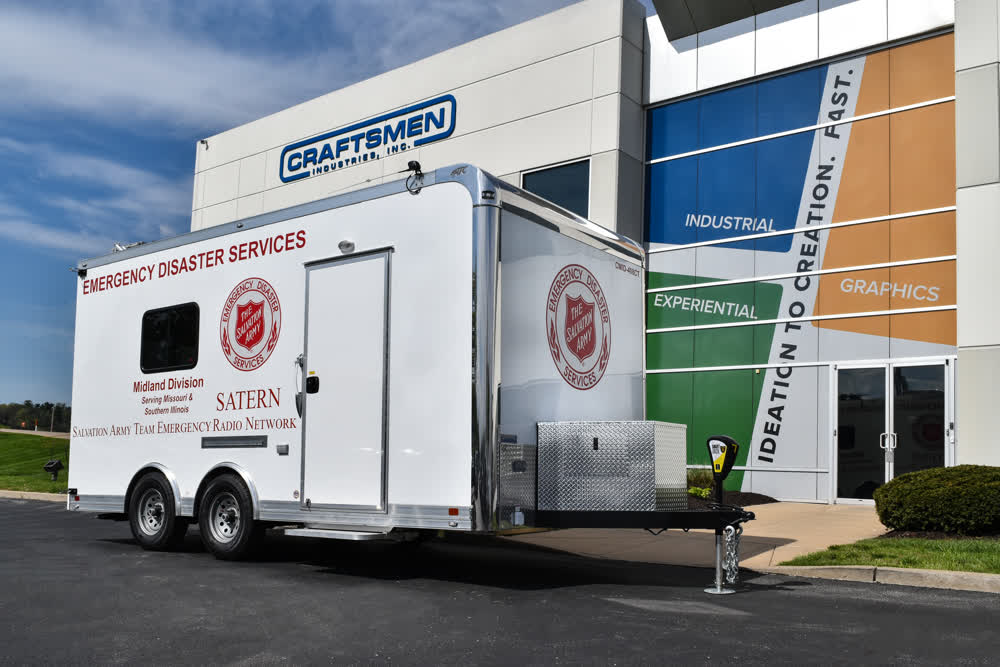Mobile Command Centers: Design, Engineering, and Fabrication
In an increasingly unpredictable world, where real-time coordination and situational awareness can mean the difference between control and chaos,...
5 min read
Craftsmen Industries Aug 20, 2025 4:28:32 AM

Picture a pharmacy that doesn't wait behind four walls but travels where it's needed most. For many underserved communities, access to essential medications is limited, inconsistent, or entirely out of reach. Mobile pharmacies are rewriting that reality by placing care on the move and within reach.
In 2025, adaptable, patient-centered healthcare is expected to continue seeing a rising demand as communities seek more flexible and accessible solutions. A thoughtfully designed mobile pharmacy can serve rural towns, urban neighborhoods with limited access to services, and areas affected by emergencies.
This guide walks through the essential design strategies, operational benefits, and actionable steps required to launch a successful mobile pharmacy vehicle built for community outreach.
Mobile pharmacies play a vital role in bridging healthcare gaps. They deliver medications, health screenings, and education to patients who might otherwise lack access to care. These units are especially valuable in:
By understanding these roles, you can better plan a mobile pharmacy that meets the unique needs of your target community.
Designing a mobile pharmacy requires careful planning to strike a balance between functionality, accessibility, and compliance. Each decision impacts the effectiveness and sustainability of your outreach efforts.
Choosing the right vehicle is the foundation of your mobile pharmacy. Options range from compact vans for basic services to large, expandable trailers for full-service operations.
A well-organized interior maximizes workflow and ensures patient safety. The layout should support both medication dispensing and patient engagement.
Layout Tips:
A mobile pharmacy must be able to reach patients wherever they are, regardless of road conditions or physical barriers.
Maintaining proper storage conditions for medications and powering medical equipment are critical for compliance and patient safety.
Operating a mobile pharmacy involves navigating a complex regulatory landscape. Compliance ensures patient safety and protects your organization from legal risks.
A mobile pharmacy is more than a place to pick up prescriptions. It can serve as a hub for health education and outreach.
Launching a mobile pharmacy involves both upfront investment and ongoing operational costs. Careful budgeting and planning are key to success.
Aspect |
Mobile Pharmacy |
Brick-and-Mortar Pharmacy |
|
Startup Costs |
$150,000–$300,000 |
$500,000–$1,000,000 |
|
Ongoing Expenses |
~$50,000/year (fuel, upkeep) |
$200,000+/year (rent, staff) |
|
Revenue Potential |
$250,000–$500,000/year |
Higher, but location-dependent |
|
Accessibility |
High (reaches patients) |
Limited by location |
|
Flexibility |
Adapts to communities |
Fixed location |
|
Community Engagement |
Mobile hub for outreach |
In-store only |
As mobile pharmacies evolve, emerging innovations are reshaping how care is delivered, making operations smarter, greener, and more connected to the communities they serve.
Turning a mobile pharmacy concept into a thriving community service requires more than vision. It requires thoughtful planning, trusted partnerships, and a thorough understanding of logistics and legal fundamentals.
Mobile pharmacies are vehicles equipped to provide pharmacy services directly to underserved areas. They support rural communities, pharmacy deserts, and disaster zones by offering prescriptions, consultations, and basic health screenings.
Design begins with the right vehicle, van, RV, or trailer, tailored to the service scope. Interior features should include secure storage, refrigeration, private consultation space, ADA access, climate control, and reliable power.
They must comply with federal and state laws, including DEA regulations for controlled substances. This involves licensing, maintaining inventory logs, ensuring temperature control, and storing medications securely.
Startup costs typically range from $150,000 to $300,000 for the vehicle, plus $20,000 to $50,000 for equipment and inventory. Ongoing expenses include fuel, insurance, maintenance, and staff. Annual revenue is expected to reach $500,000, with profit margins ranging from $50,000 to $150,000.
Mobile pharmacies often offer vaccines, screenings for chronic diseases, telehealth access, and community health education. These services help build trust and improve long-term outcomes.
They support public health during disasters by delivering medications and care when fixed pharmacies are closed. Mobile units played key roles after Hurricane Katrina and during COVID-19 recovery efforts.
A mobile pharmacy is more than a solution. It is a lifeline on wheels. With careful planning, thoughtful design decisions, and the right technology, these units help bridge healthcare gaps in underserved neighbourhoods, rural communities, and emergency zones. From early feasibility studies to community partnerships, every detail shapes a service that delivers more than medicine; it provides meaningful access to care.
If you are ready to turn your mobile pharmacy vision into a reality, Craftsmen Industries is here to help. Our team designs and builds custom healthcare trailers that are functional, compliant, and designed to serve the needs of healthcare professionals. Contact us to explore your options and take the first step toward mobile care that truly moves people.

In an increasingly unpredictable world, where real-time coordination and situational awareness can mean the difference between control and chaos,...

Traditional healthcare within the United States consists of a network of providers located in clinics, hospitals, and offices. For many insured...

Enclosed trailers can serve many purposes, and the possibilities are endless when discussing their uses. With the right customizations, you can use...